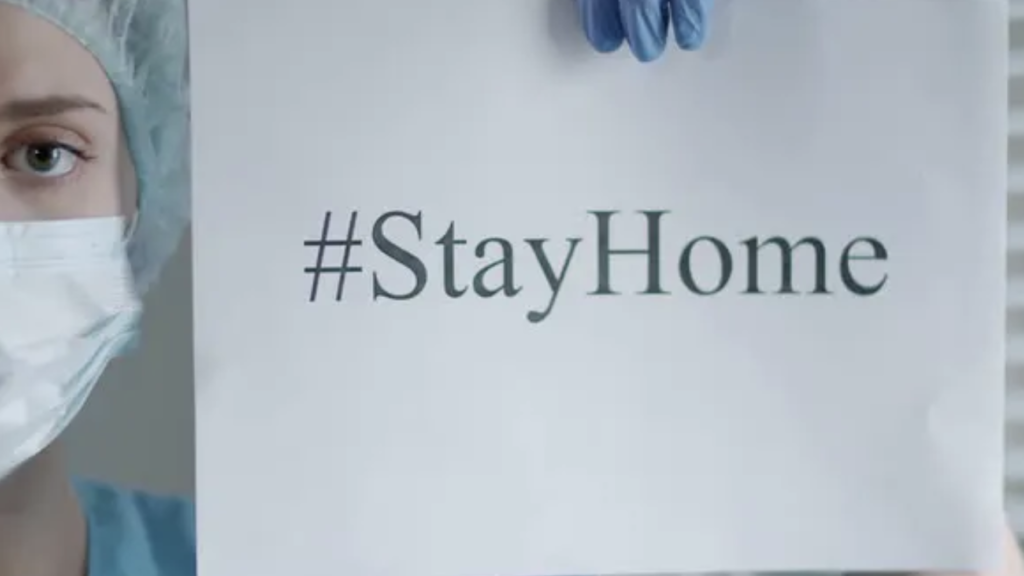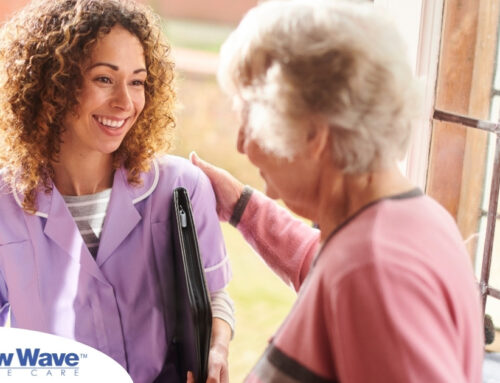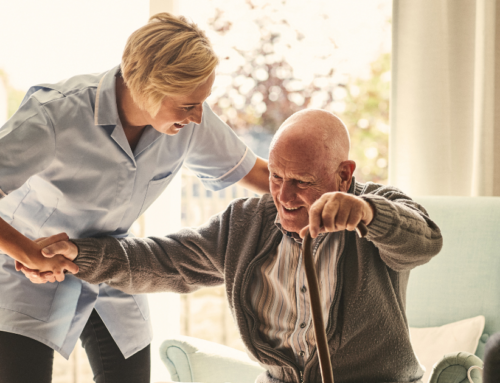
The world of elderly care is changing. Like so many other industries impacted by the pandemic, the way that caregiving agencies now approach their jobs work not the same as it was just a few months ago. Since the advent of coronavirus, new protocols to prevent viral spread have influenced nearly every aspect of caregiving work. With social distancing, the use of PPEs, and heightened disinfecting practices, providing often hands-on care certainly has its obstacles.
In-Home Care v.s. Residential Care
Many clients and colleagues are now asking me how these impacts are influencing elderly care. Minimizing contact with others is a clear way to diminish any potential for contracting the virus. With that being said, are people more inclined to avoid nursing homes and group-care settings out of fear of falling ill? With efforts to stay at home, is in-home care the new normal?
Differentiating between in-home care and residential care has always been an important distinction in caregiving. Now, the spread of COVID-19 adds a new layer to the differences between these two forms of care.
As a provider of in-home care for over a decade, I want to help highlight why in-home care is seeing an upward trend that might have lasting effects.
The Residential Care Industry Faces Unique Challenges
Both in-home care and residential care services face challenges surrounding the spread of COVID-19. Caregivers must take extra precautions in both situations by wearing PPEs, increasing cleaning practices, and social distancing whenever possible. But with a communal style of living making these practices more difficult, does residential elderly care face the brunt of the challenges posed by the virus?
I have seen a lot of residential facilities properly adjust their protocols in order to better protect residents from the virus and prevent outbreaks. Unfortunately, this has some undesirable consequences that make residential life less enjoyable.
Many of the previous selling points of residential care are gone for the time being. Where residents used to enjoy socializing at meals and events, most nursing home residents are now confined to their rooms in order to adhere to social distancing practices. Building facilities such as gyms, pools, and common rooms are also largely restricted and less open for residents to enjoy.
Recognizing the Trend

These shifts provide a lot of explanation as to why many families might be more inclined to opt for in-home care for their loved ones today. Along with the unfortunate new downsides of residential care come new benefits of in-home care.
Elderly care patients can now enjoy more freedom at home than living in a residential community, as in-home care requires fewer COVID-19 protocols than residential care when it comes to social distancing measures.
Families might also feel that the risk of exposure to COVID-19 is lower with in-home care. Patients can limit their interactions with anyone outside of their household to just their caregivers. This also avoids the scary potential of an outbreak that is always a concern in large living communities.
Choose the Care That’s Right for You
As an in-home care provider, I have helped families enjoy the many benefits of in-home caregiving for over a decade now. I have also worked closely with many residential care facilities, and recognize the benefits that nursing homes and senior living communities provide to many seniors.
I know from firsthand experience that different situations call for different types of care, and that it is important for everyone to have access to the form of elderly care that is right for them. Ultimately, reasons unrelated to COVID-19 might make certain forms of elderly care more ideal for different individuals.
However, there is no denying that now, COVID-19 is an huge factor that might influence people’s elderly care decisions.
Lasting Impacts on Elderly Care
While the future of the pandemic is uncertain, it will definitely continue to have lasting impacts on the way we conduct many activities of daily life. Even when coronavirus cases see a downward trend, caregiving facilities and agencies will likely continue to adhere to increased cleanliness and safety protocols.
When it comes to safety for seniors in need of care, in-home care is developing an understandable reputation for the most secure model of caregiving given the latest circumstances. In the era of “staying at home”, I see a clear case for in-home care as the new normal.







